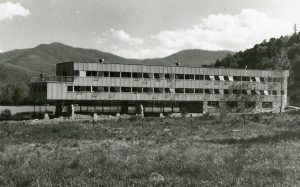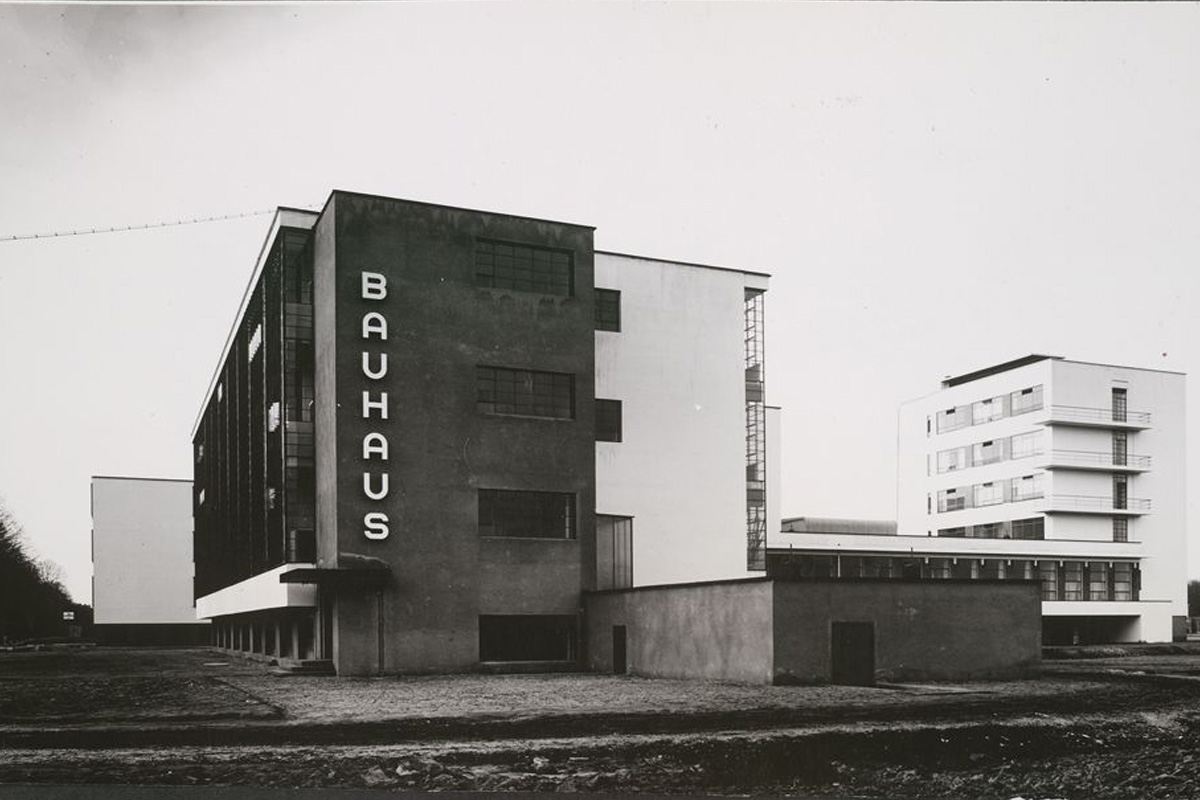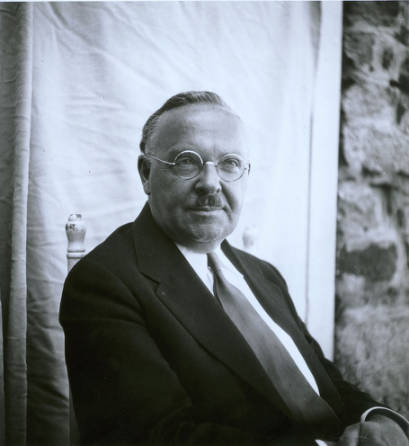When Black Mountain College was founded in 1933, American public education was suffering the effects of the Great Depression; slashed budgets and the loss of teaching positions led to the removal of arts and humanities programs viewed as “frivolous.” John A. Rice, the founder of Black Mountain College, was fired from his job at Rollins College because of his differences with faculty over these cuts and academic freedom.
Liberal arts education came from Ancient Greek and Roman civilizations, who considered art, reflection, and discussion vital parts of their lives. Rice agreed that arts were crucial to a well-rounded education. He and the faculty also supported giving students a voice about their education, letting them pick how and what they wanted to learn. The students even chose when they wanted to graduate. Some loved the school so much, they never did.

"The Building John A. Rice and other founders rented to serve as the school's building" Courtesy Black Mountain College Museum and Arts Center

"The Bauhaus School in Germany" Courtesy Widewalls
